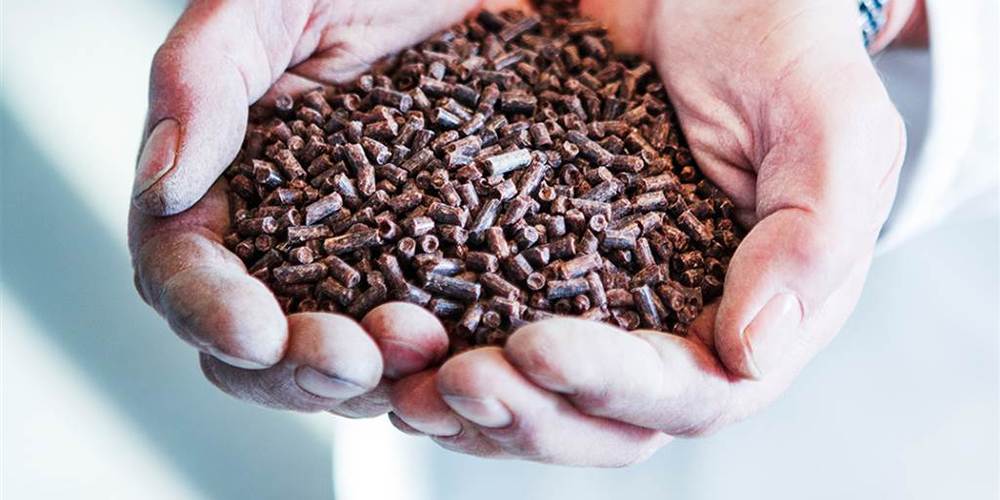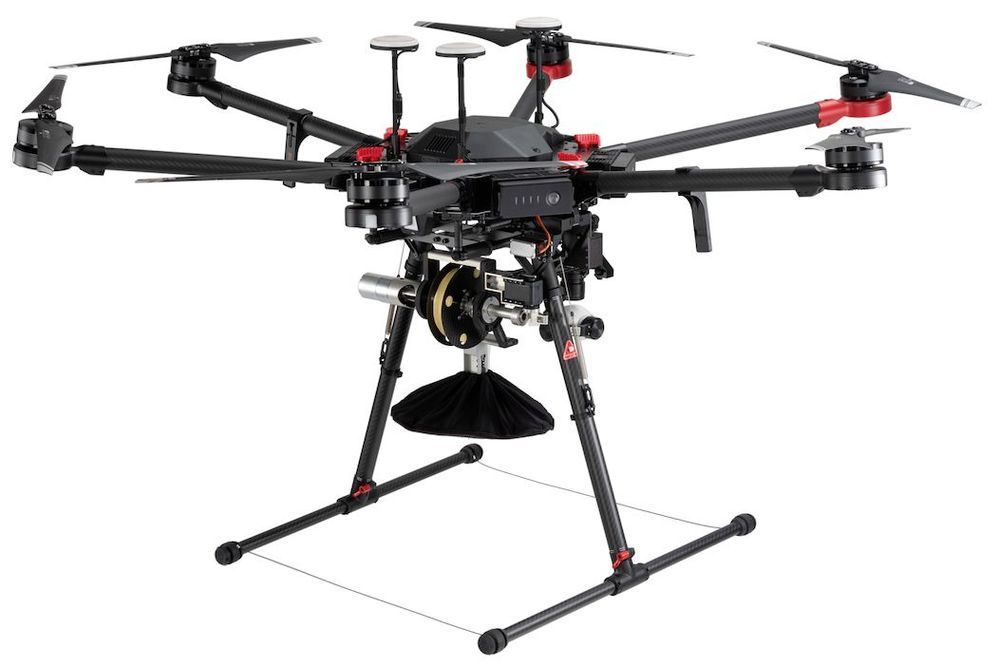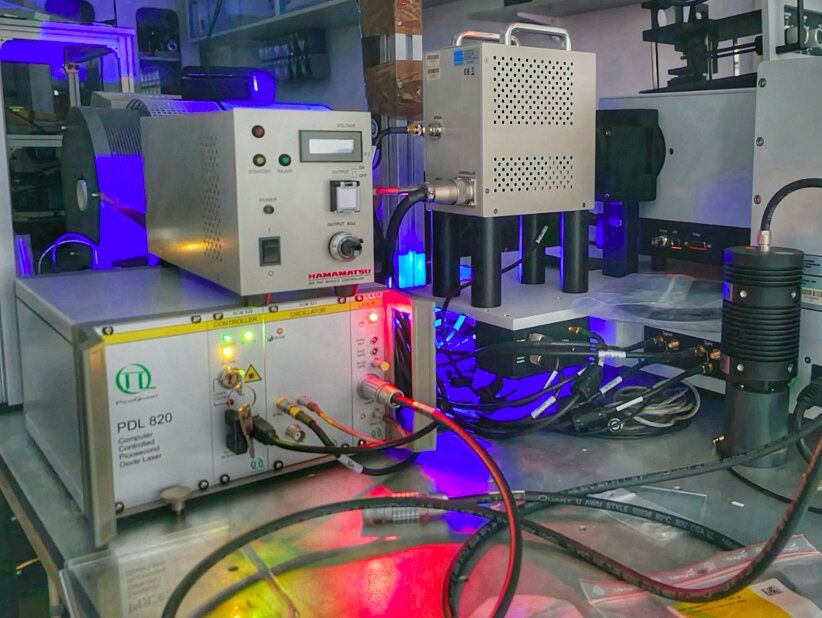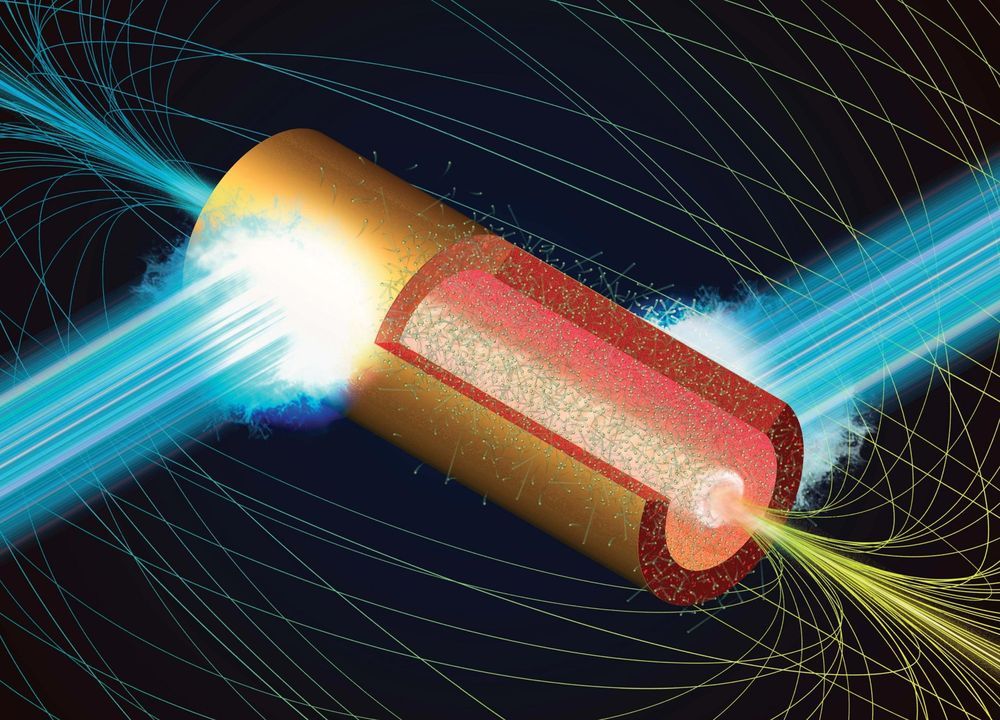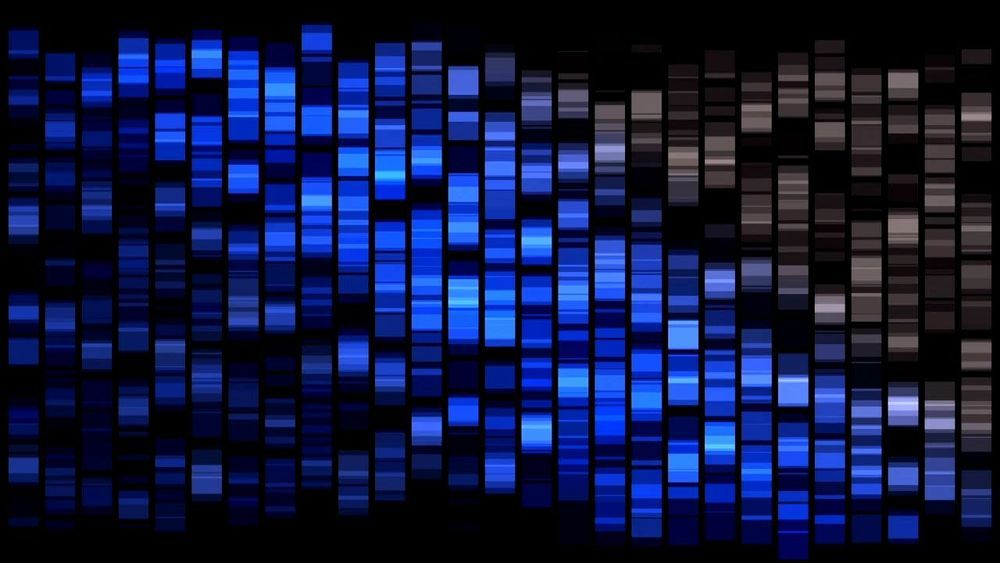Oct 13, 2020
How recycled astronaut poop might sustain a mission to Mars
Posted by Quinn Sena in categories: space travel, sustainability
Circa 2018
In the 2015 movie “The Martian,” astronaut Mark Watney survives on Mars by growing potato plants in his own waste. The scenario is fictional, of course, but it underscores a real-world challenge for NASA: How can the space agency ensure an uninterrupted supply of safe, nutritious food for astronauts who are tens of millions of miles from the nearest supermarket?
The successful launch of SpaceX’s Falcon Heavy rocket marked a big step toward developing the technology needed to transport colonists to Mars, though the strategy for keeping them and deep-space astronauts fed remains a work in progress.
Continue reading “How recycled astronaut poop might sustain a mission to Mars” »
